In the heart of the Southwest United States, beneath the arid landscape of the Arizona desert, lies a mystery that has intrigued historians and archaeologists alike for generations. The Hopi, a Native American tribe with a rich cultural legacy, have long been associated with stories of underground cities. These tales suggest that their ancestors once lived in vast subterranean networks, hidden from the scorching sun and the prying eyes of the world above. But is there truth to these stories, or are they merely the stuff of legend?
Hopi Mythology and the Concept of the Underworld
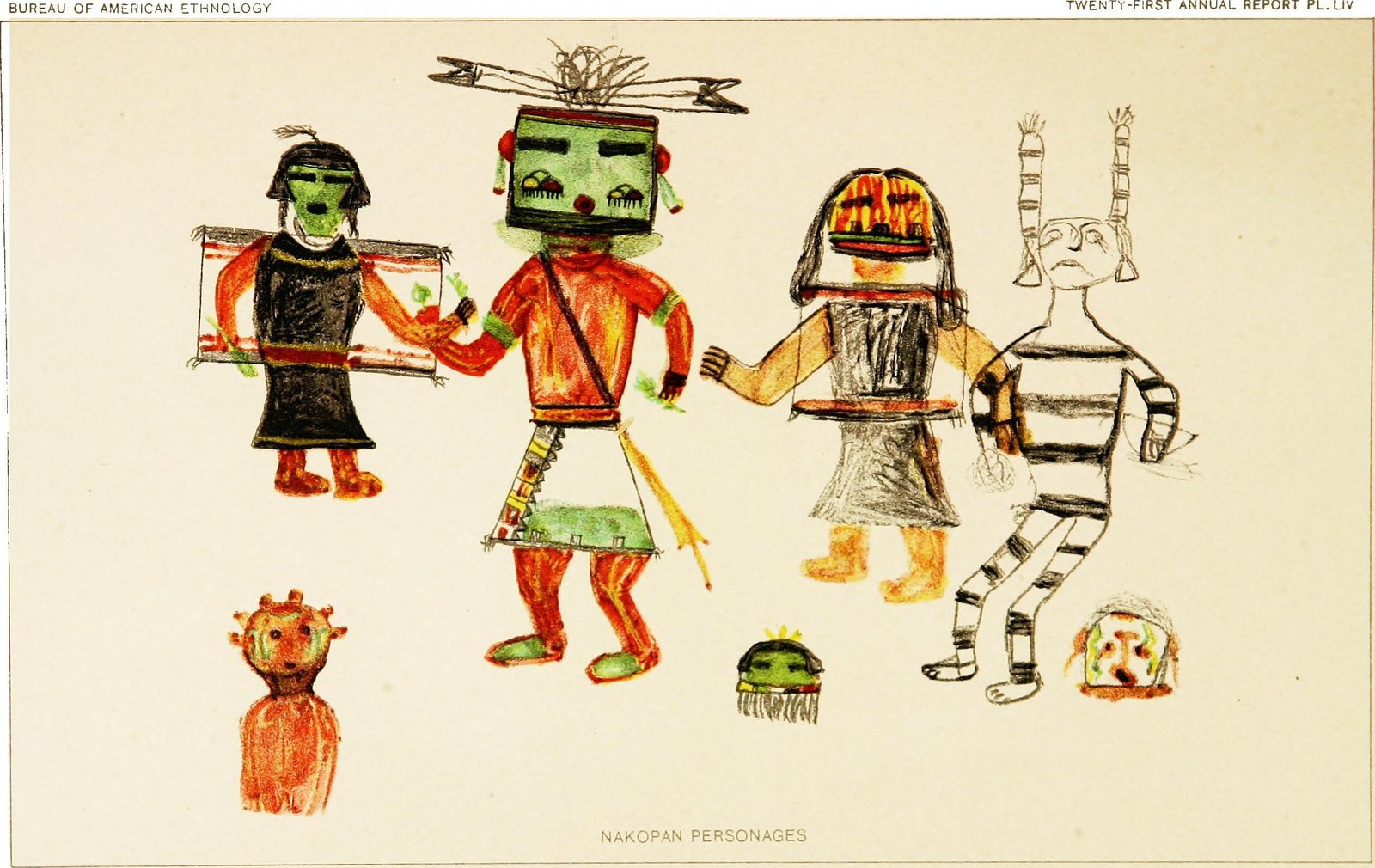
Hopi mythology is a tapestry woven with intricate stories, many of which involve journeys to the underworld. According to Hopi tradition, their ancestors emerged from a previous world beneath the earth, ascending to the current world through a place known as the “Sipapu.” This sacred concept is central to their belief system and is often cited when discussing their underground origins. The idea of living below the surface is not unique to the Hopi but is a recurring theme in various indigenous cultures, suggesting a shared cultural memory or symbolic representation of survival and rebirth.
Archaeological Evidence: What Lies Beneath?
The search for physical evidence of these underground cities has been ongoing. While there are no confirmed archaeological findings of grand subterranean metropolises, the region is rich with ancient ruins and artifacts. Cliff dwellings and pit houses are prevalent, showcasing the Hopi’s adaptability to their environment. These structures, although not underground cities per se, demonstrate the ingenuity of the Hopi in utilizing natural formations for shelter and survival. Excavations have revealed complex networks of rooms and passageways, hinting at a sophisticated understanding of architecture and engineering.
The Role of Oral Traditions
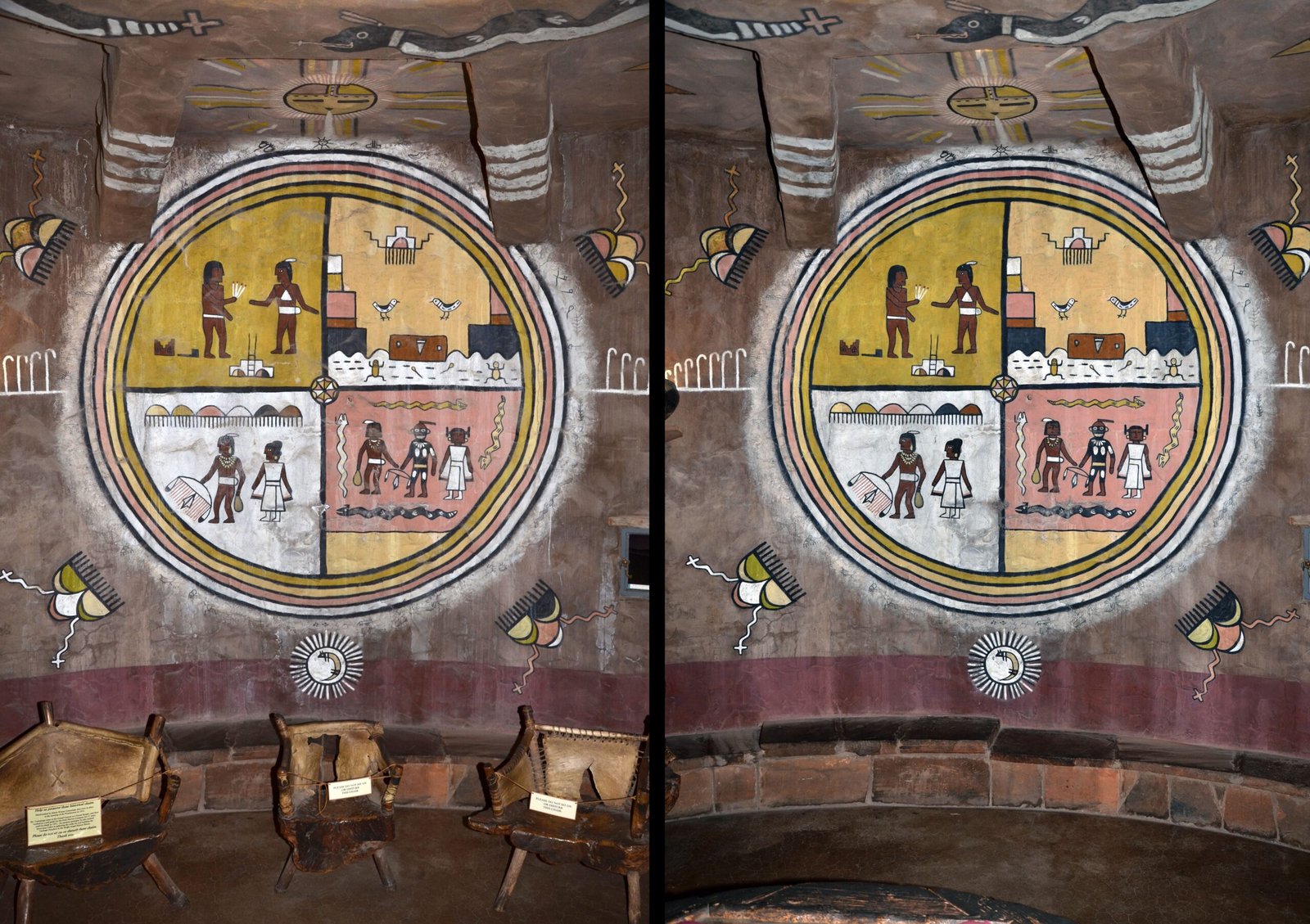
Oral traditions play a crucial role in preserving the history and culture of the Hopi people. Stories passed down through generations often contain kernels of truth, even if cloaked in myth and allegory. The tales of underground cities may serve as metaphors for resilience and continuity, embodying the challenges faced by their ancestors and their determination to thrive in a harsh environment. These narratives offer valuable insights into the Hopi worldview, emphasizing the importance of community, harmony with nature, and spiritual connection to the earth.
Scientific Theories and Speculations
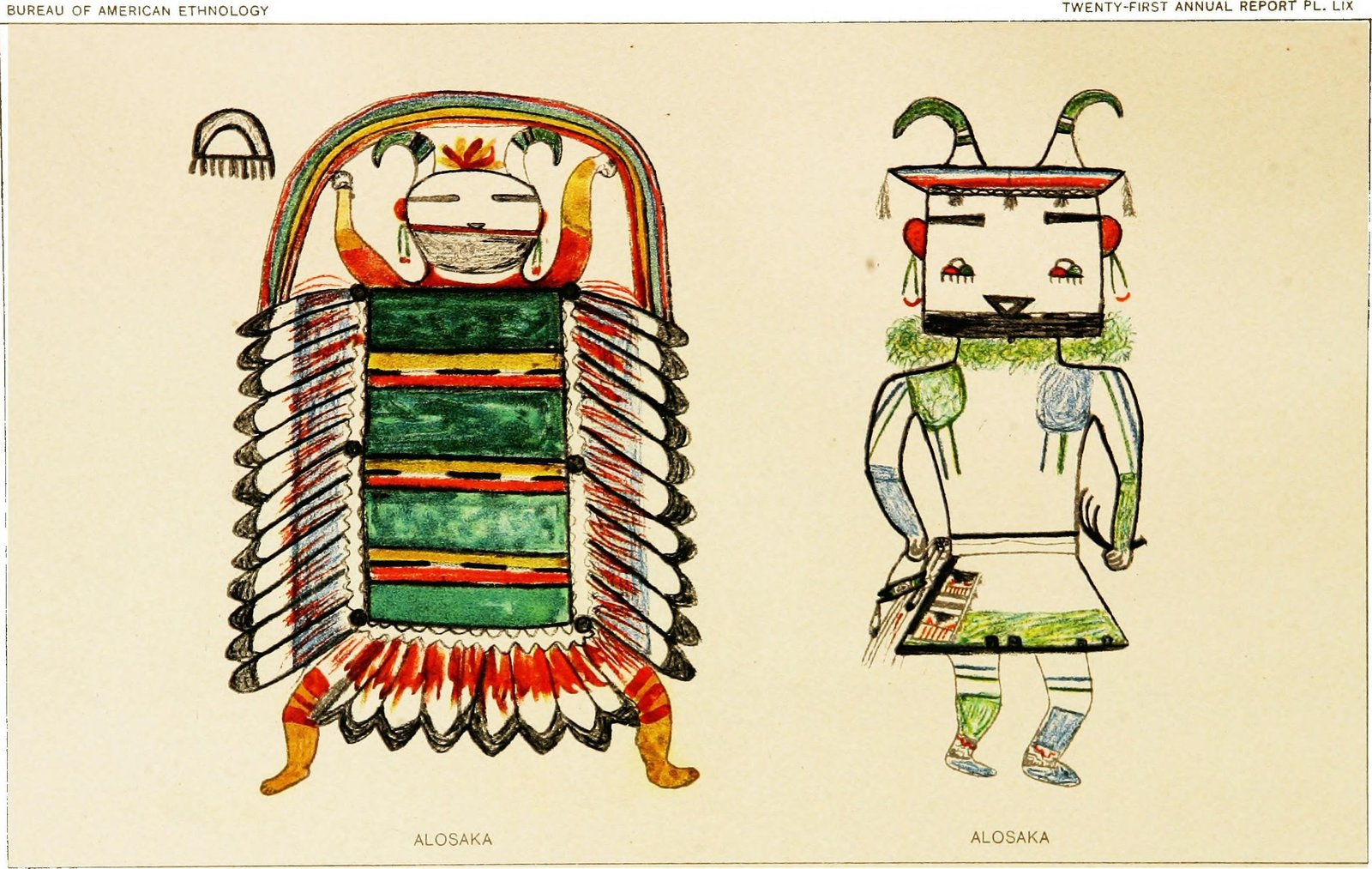
Scientists and researchers have offered various theories to explain the origins of the underground city legends. Some suggest that natural geological formations, such as lava tubes and caves, might have inspired these stories. Others propose that the tales are symbolic, representing the Hopi’s spiritual beliefs and cosmology rather than literal historical events. The interplay between science and mythology adds depth to our understanding, inviting us to explore the blurred lines between fact and folklore.
Environmental Adaptation and Survival Strategies
The harsh desert environment posed significant challenges to the Hopi and other indigenous tribes. Their ability to adapt and thrive is evident in their ingenious use of natural resources. The concept of living underground could symbolize their strategies for coping with extreme temperatures and scarce resources. By constructing dwellings that integrated with the landscape, the Hopi minimized their impact on the environment while maximizing their chances of survival, illustrating a profound connection to the land.
Comparative Analysis with Other Cultures
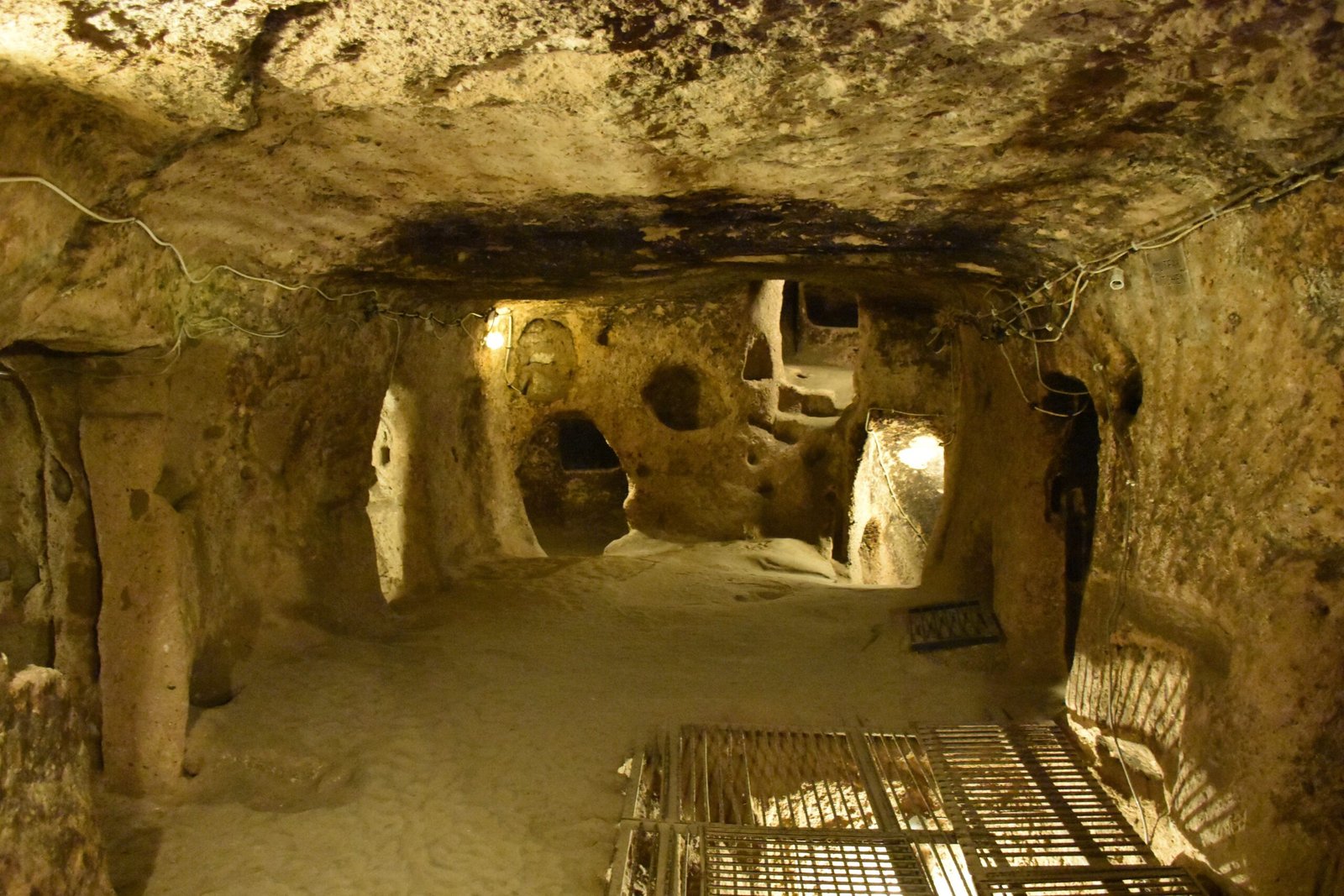
The idea of subterranean living is not exclusive to the Hopi. Many cultures around the world have legends or evidence of underground cities. From the ancient cities of Derinkuyu in Turkey to the subterranean networks of the Navajo, these stories reflect a universal human fascination with the underworld. Comparing these narratives with Hopi legends can shed light on shared human experiences and the ways different societies have adapted to their environments.
Modern Interpretations and Cultural Significance
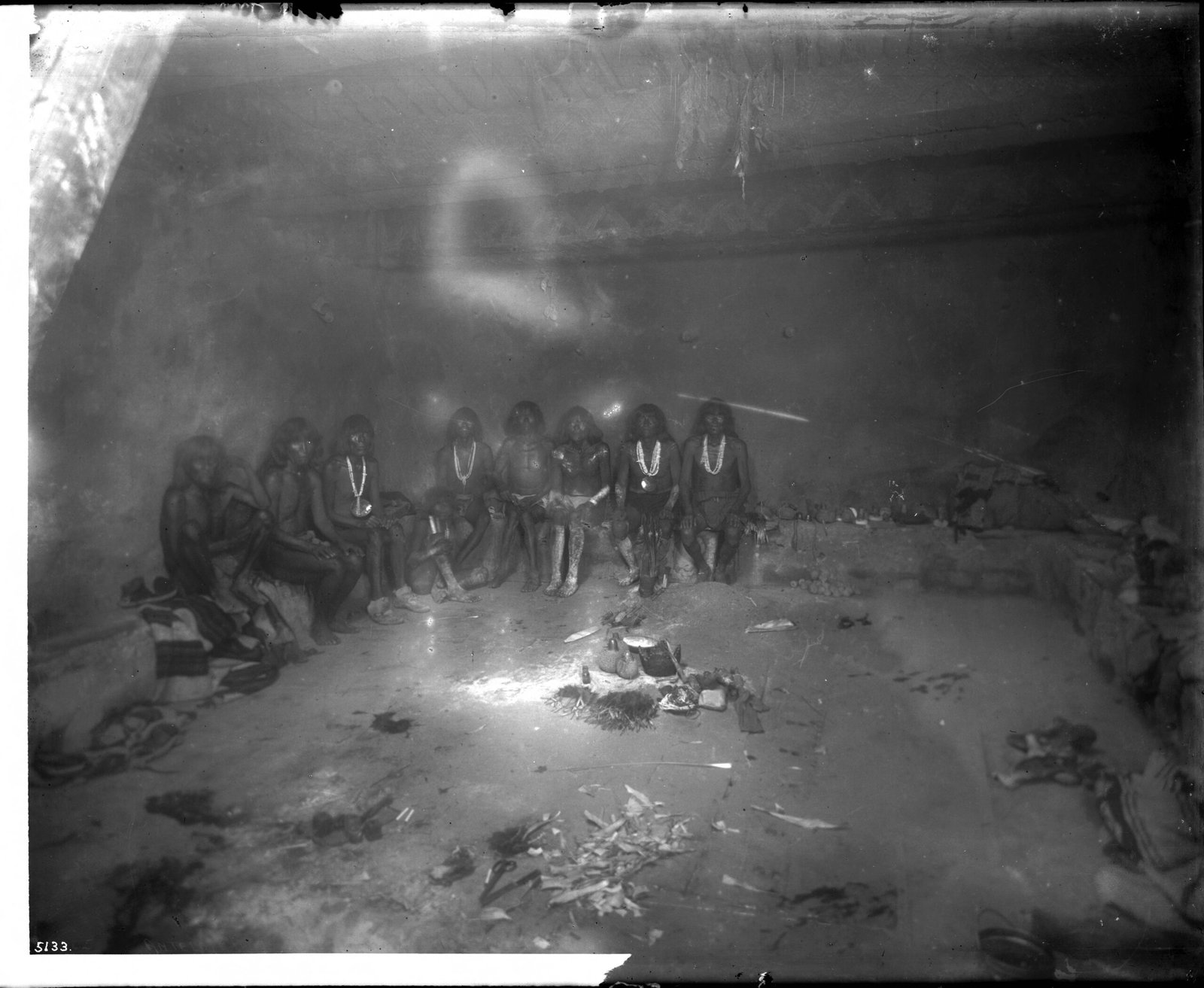
In contemporary times, the stories of the Hopi underground cities continue to captivate imaginations. They are featured in literature, film, and popular culture, serving as a testament to their enduring allure. For the Hopi people, these stories are more than mere curiosities; they are integral to their cultural identity. They remind us of the importance of preserving indigenous heritage and respecting the wisdom and traditions of Native American tribes.
The Impact of Technology on Uncovering the Past
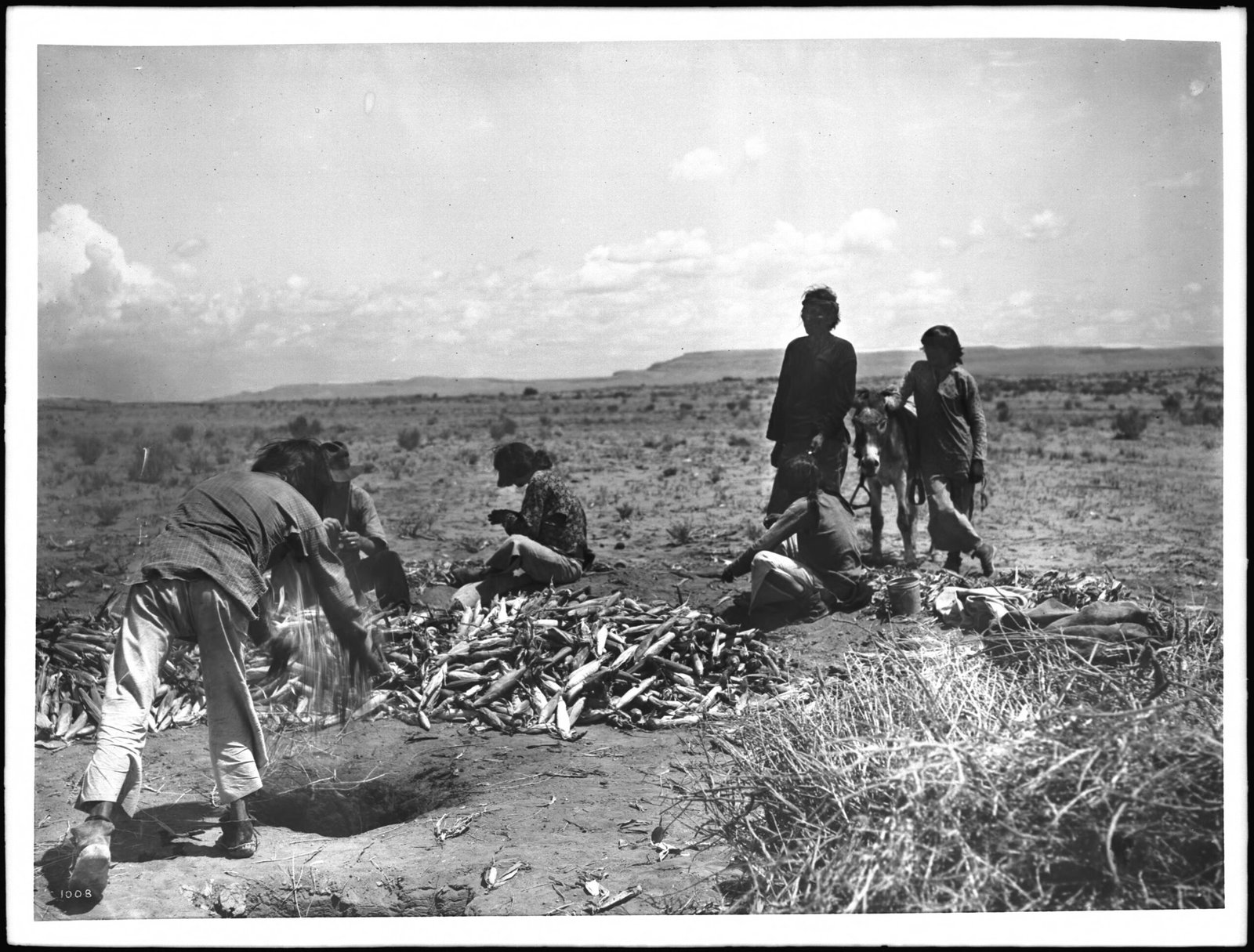
Advancements in technology have revolutionized the field of archaeology, offering new ways to explore ancient sites. Ground-penetrating radar and other non-invasive techniques hold the potential to uncover hidden structures without disturbing the land. As these technologies advance, the possibility of discovering more about the Hopi’s subterranean past becomes increasingly feasible, potentially rewriting our understanding of their history and achievements.
The Hopi’s Lasting Legacy
The stories of the Hopi underground cities are a testament to the enduring legacy of a resilient and resourceful people. Whether viewed through the lens of mythology, archaeology, or cultural anthropology, these tales offer a glimpse into the rich tapestry of Hopi history. They challenge us to consider the ways in which ancient peoples interacted with their environment and inspire us to preserve and honor the cultural heritage of indigenous communities.
Ending Thoughts: A Call to Preserve and Protect

As we delve into the mysteries of the past, it is essential to approach the stories of the Hopi and other indigenous peoples with respect and sensitivity. These narratives are not merely relics of history; they are living traditions that continue to shape the identities of those who carry them forward. Let us strive to learn from the past while preserving the cultural heritage of the Hopi and all indigenous communities, ensuring that their stories endure for generations to come.



